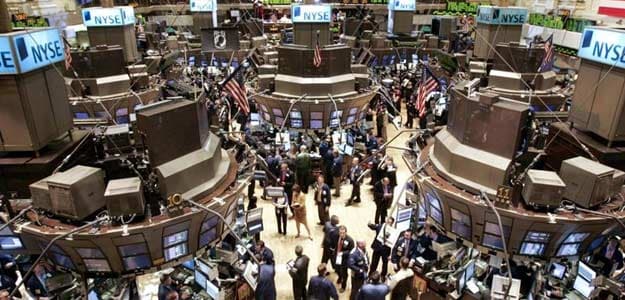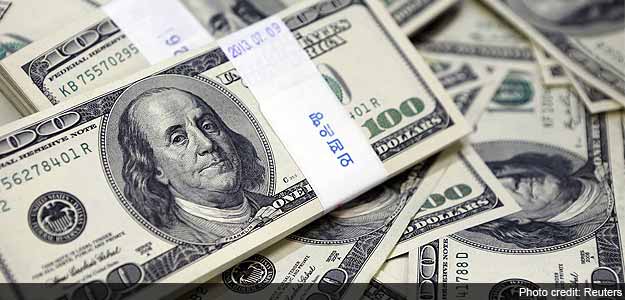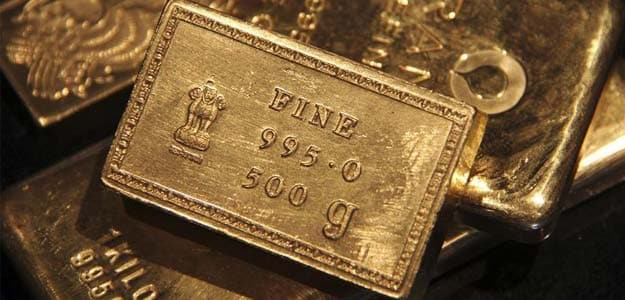Asian shares opened higher on Friday, aided by a
higher Wall Street and eased tensions over Greece, while the dollar
extended gains versus the euro and yen as economic indicators bolstered
expectations for a U.S. rate hike by year-end.
MSCI's broadest index of Asia-Pacific shares outside Japan was up 0.1
per cent. The performance of volatile Chinese stocks, which start
trading later in the day, will be watched to see if recent gains are
kept.
Japan's Nikkei rose 0.2 per cent on a softer yen, while South Korea's
Kospi climbed 0.5 per cent. Australian shares were little changed.
Wall Street gained overnight, with the Nasdaq up more than 1 per cent to
a record high after earnings reports from eBay and Netflix boosted
optimism.
Moves in Europe on Thursday to reopen funding to near-bankrupt Greece
also improved risk sentiment. Greece will receive bridge loans, enabling
it to make a bond payment to the European Central Bank on Monday and
clear arrears with the International Monetary Fund.
The lessening of foreseeable Greek risk also continued to push the euro
lower, with focus back on U.S. and European monetary policy divergences.
"We have some sympathy with the argument that 'Grexit' would at least
have resolved the doubts over Greece's position and that the euro should
eventually end up stronger without its weakest member," analysts at
Capital Economics wrote.
"The corollary is that a temporary deal which keeps Greece in the euro
but fails to tackle the bigger issues, notably the need for a massive
write-down of debt, simply prolongs the uncertainty and keeps the
currency on the defensive."
The euro hovered close to a seven-week low of $1.0855 it tumbled to
overnight. The dollar touched a three-week high of 124.205 yen,
receiving a boost against its peers after Thursday's lower U.S. jobless
claims reinforced market expectations for a rate hike this year.
The dollar index stood at 97.664 after surging to a seven-week peak of 97.756 overnight.
In commodities, U.S. crude edged up 0.2 per cent to $51.00 a barrel
after giving up most of its gains overnight, reacting to data from
industry intelligence firm Genscape showing higher crude inventories at
the Cushing, Oklahoma, hub.









